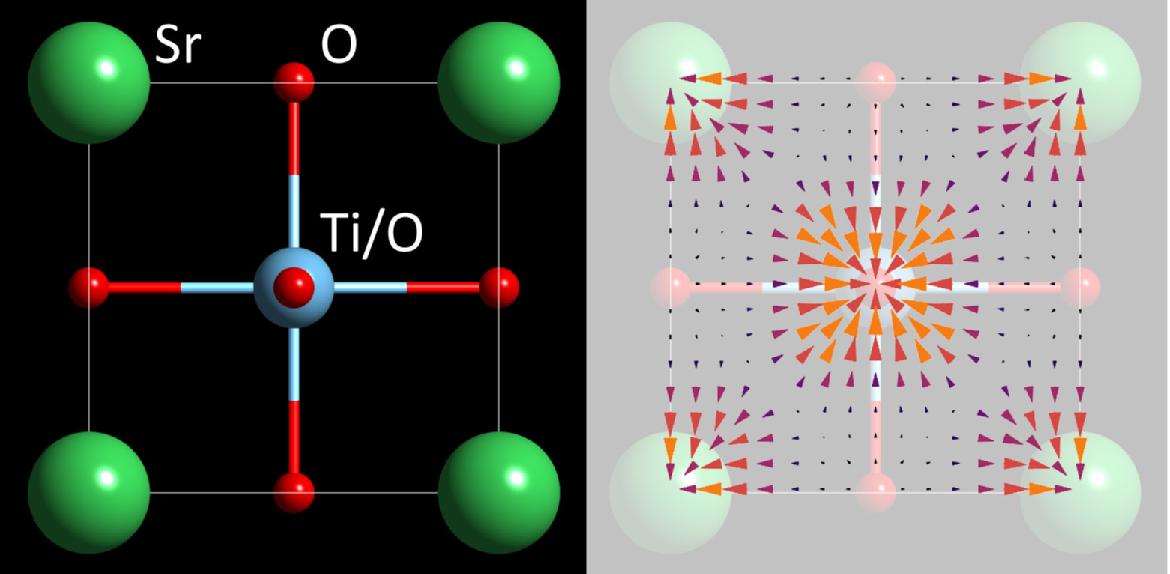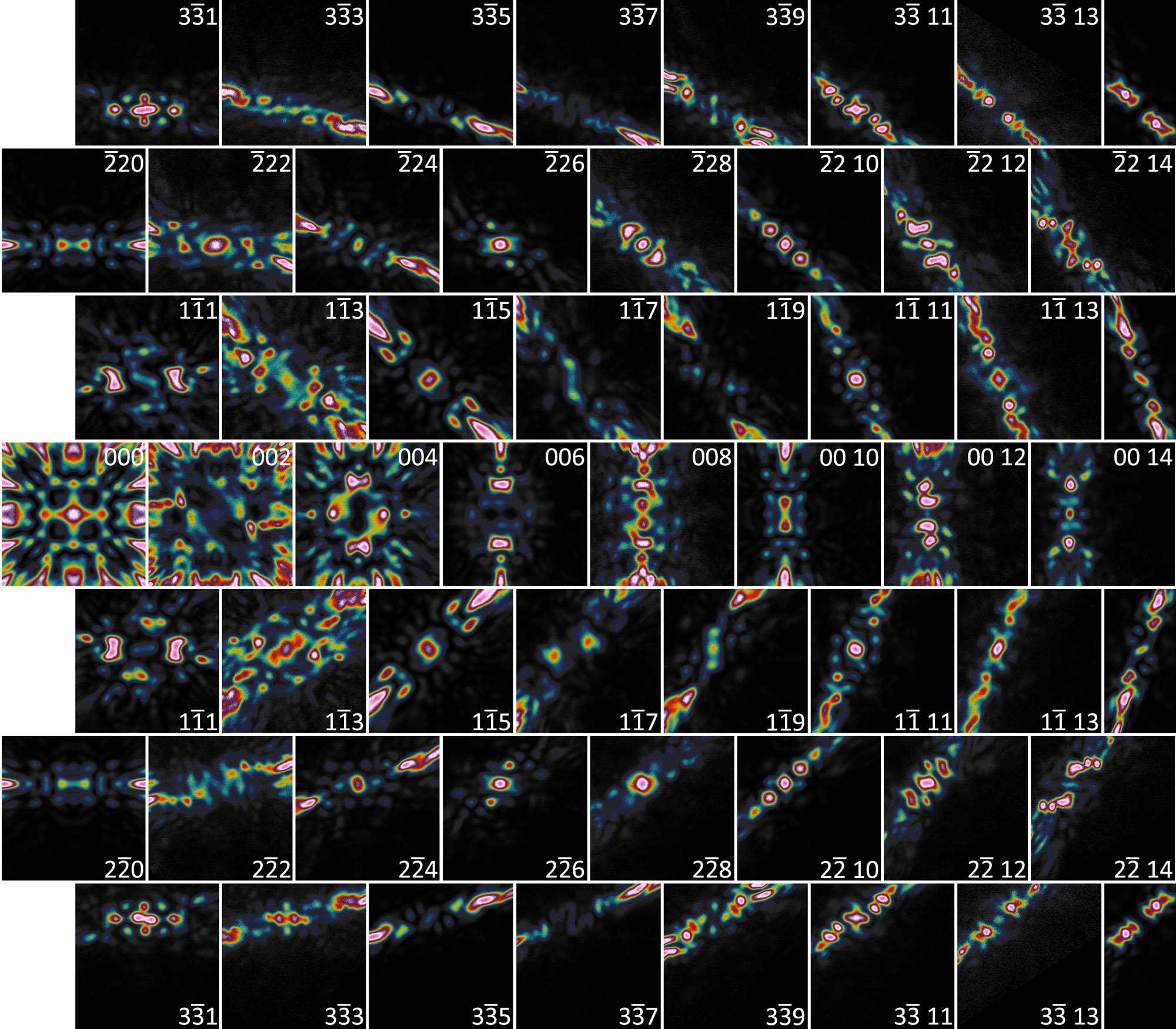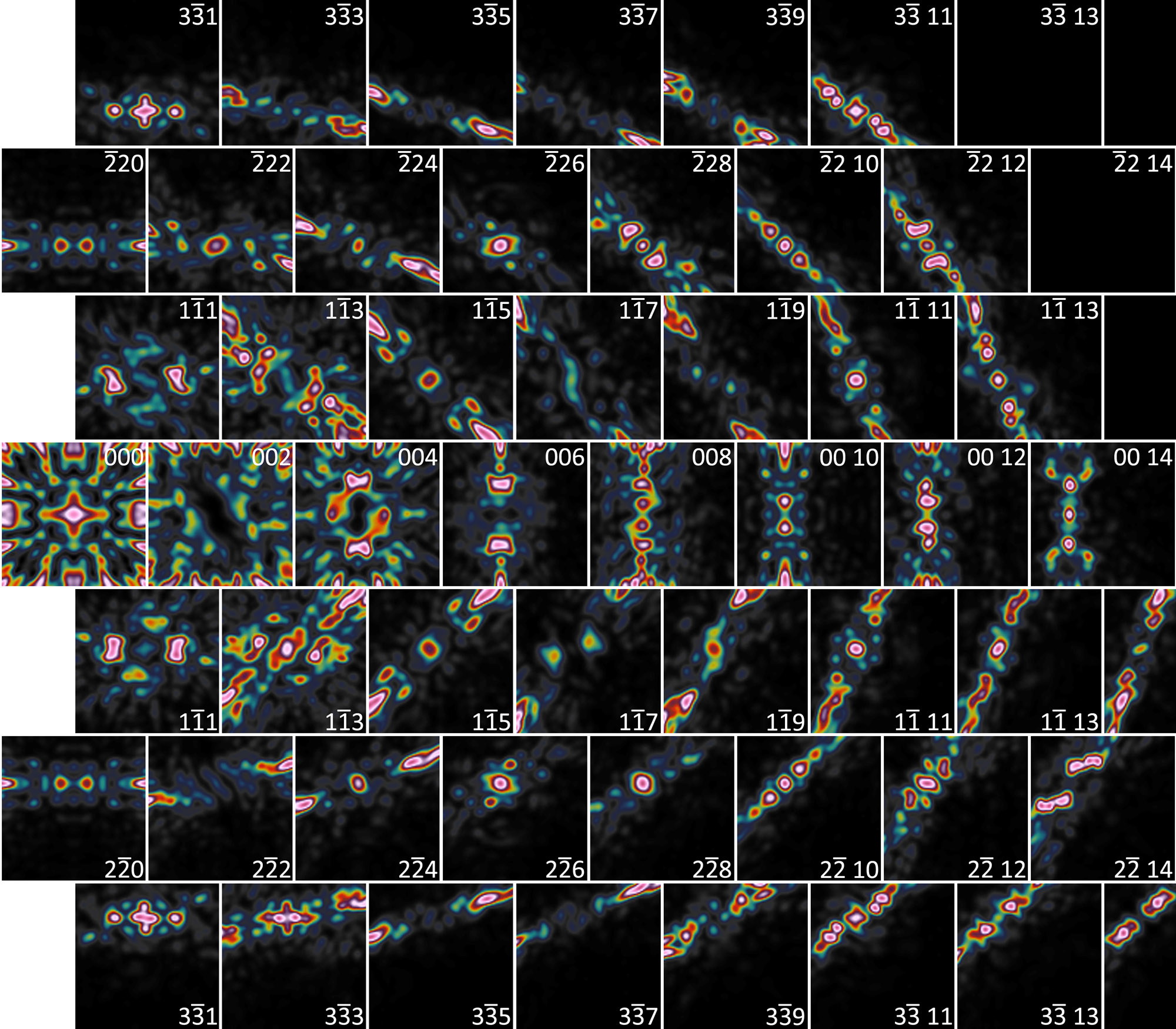Prof. Richard Beanland
Research Interests
- Electron Diffraction
- Electron Microscopy
- Semiconductor Materials and Devices
- Functional Ceramics
- Electron Diffraction, Crystallography and crystal defects
More information can be found on the research pages.
Research Projects
We are looking for someone who would like to develop strong computing/modelling skills to undertake a PhD on 4D-STEM. In this technique, we focus the electron beam into a small probe (which can even be of subatomic dimensions) and scan it across the specimen. We collect a transmission diffraction pattern for every location of the probe, producing a four-dimensional dataset. For example, the image below shows a montage of simulated diffraction patterns for an 0.8nm probe scanning across a single unit cell of SrTiO3. The complex patterns contain information about the atoms in the specimen - this project will develop techniques to extract information from real experimental data.

For example, if we simply find the centroid ('centre of mass') for each of the patterns, we find that it is displaced towards the nearest heavy atom. Isn't that interesting?

My other main interest at present is dynamical electron diffraction in continuous rotation electron diffraction (cRED) experiments - a way to solve crystal structures of nanoscale materials. This requires simulation of diffraction patterns over a large angular range. Here is a simulation of the 000 beam over a range of about 30 degrees for a crystal of tyrosine (C9H11NO3).

The cRED work builds on the use of digitally-reconstructed large-angle electron diffraction patterns to solve and refine crystal structures. Here are some D-LACBED patterns used to refine the structure of Ca3Mn2O7.

Above: Digital diffraction pattern taken from Ca3Mn2O7: experimental data, room temperature.

Above: Simulated LACBED patterns from Ca3Mn2O7. The match between simulation and experiment allows atomic coordinates to be measured to a precision of ~0.1 pm

Dr Richard Beanland
Reader
Department of Physics,
University of Warwick,
Coventry
CV4 7AL
Office: MAS3.07
Office tel:
44 (0)24 765 73884
Lab tel:
44 (0)24 765 74476
E-mail:
R.Beanland@warwick.ac.uk
